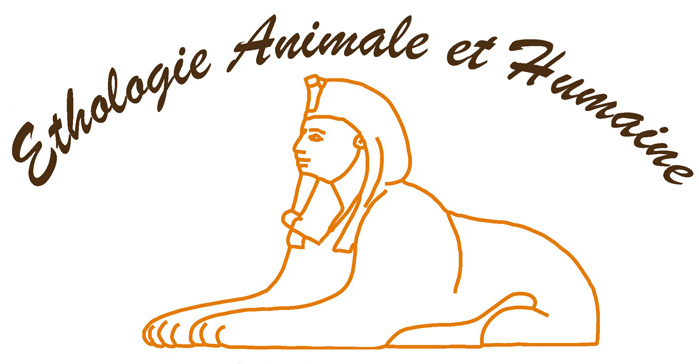Free movement: A key for welfare improvement in sport horses?
Résumé
Horses, and in particular sport horses, remain housed predominantly in single stalls. One of the main reported reasons is the fear that they will become agitated and injure themselves and thereby impair their performance if released in paddocks. The hour spent daily at work is also assumed to be sufficient to satisfy the horses’ needs for locomotion. Growing scientific evidence shows that single stall housing has negative consequences on horses’ welfare and that time for free movement is necessary. Our aim was to assess the feasibility of allowing sport horses used to staying permanently in their stall (except for 1 h riding/day) daily free time in a paddock and to evaluate its potential impact on their welfare using two behavioural reliable indicators (stereotypic behaviours and ear position), as well as selected blood parameters (blood cell count, oxytocin and serotonin concentrations). Two experiments were conducted on the same site. The first experiment evaluated sport horses’ habituation to the novel situation of daily sessions in a paddock, and recorded welfare indicators in their stall before and during the experiment, comparing horses that were taken outdoors (experimental) and those that stayed in their stall (control). The second experiment evaluated the impact of this daily free time in a paddock on horses’ welfare and its durability, focusing on positive indicators. Behavioural observations in paddocks showed that even horses that had never experienced free movement outside their stall habituated rapidly to this situation. The presence of hay in the paddock, may have speeded up habituation. Their restricted living conditions were associated with abnormalities in blood cell count that were not overcome during the time of daily paddock sessions but behavioural indicators showed that their welfare improved. In the second study, the experimental horses’ welfare improved during the paddock release period, in particular their stereotypic behaviours decreased and oxytocin levels increased. No effects on serotonin concentrations could be evidenced. These effects were directly associated with being in paddock, as the indicators returned rapidly to their previous levels indicating compromised welfare when the paddock release sessions stopped. In conclusion, it can be recommended to release sport horses for free movement in paddocks as welfare is improved and subjective assessment by caretakers indicated minimal risks.
Fichier principal
 Lesimple_et_al_-_Appl_Anim_Behav_Sci-2020-postprint.pdf (1.3 Mo)
Télécharger le fichier
Lesimple_et_al_-_Appl_Anim_Behav_Sci-2020-postprint.pdf (1.3 Mo)
Télécharger le fichier
Origine : Fichiers produits par l'(les) auteur(s)
